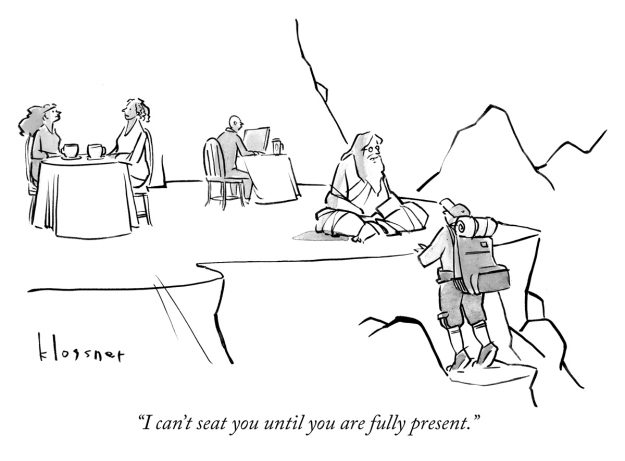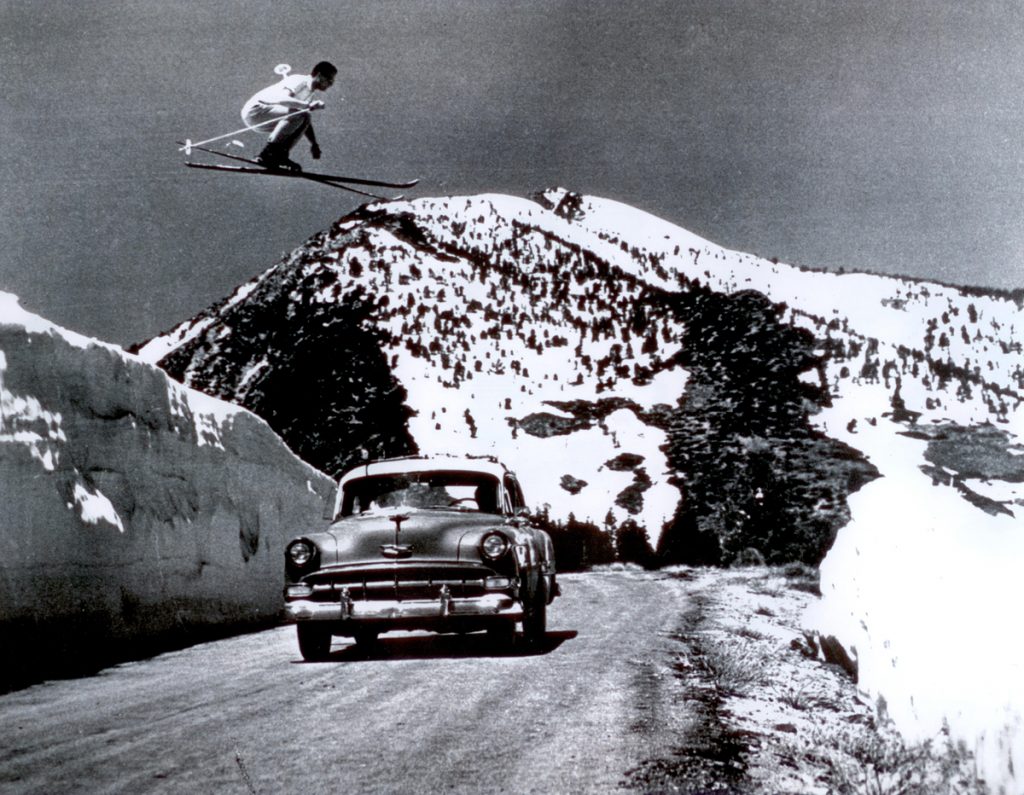In “Ski. Climb. Write.” (Winter 2018), Emily Stifler Wolfe chronicled how the legendary climber and skier Dick Dorworth was transformed by his Zen practice. D. C. Risker considered the article part of an overplayed trend toward profiling extraordinary figures, writing, “The extreme case always seems in vogue. . . . Isn’t ordinary life supposed to be the way . . . especially in Zen?” Others found the article inspiring; @foreverantrim tweeted that the article was “simply fantastic.”
J. Sunara Sasser’s reflection on her experience in Soka Gakkai International as a black American, “Why Are There So Many Black Buddhists?” (tricycle.org, October 16, 2018), was hotly debated. Thomas Ellis was glad that there is “a sect with growing popularity that is committed to challenging racism and oppression in all its forms.” Others argued that Buddhists should strive to be color-blind. Joseph Anderson wrote: “The author’s attachment to race is something they will eventually have to overcome if they are to continue forward in Buddhist teachings.” “Operaman” criticized any pretense at color blindness, writing that “some of the comments on this thread reflect why American sanghas can seem unwelcoming to black people,” and noting he was sad to see others “judge the author . . . rather than showing compassion for challenges that black Americans must live with for no reason other than the color of their skin . . . When a sangha is overwhelmingly of one race or one class in the midst of a diverse community, it is fair to wonder whether it is the sangha, and not the uncomfortable person of color, that has an attachment that might bear further reflection.”
“The One Pure Dharma” (Winter 2018) by Judith Hertog took a deep dive into the controversial and rapidly expanding New Kadampa Tradition (NKT) and its leader, Geshe Kelsang Gyatso. Many readers were critical of the NKT, while some NKT members criticized the article’s direction: Lesly Weiner says she has been “happily practicing within the NKT for 17 years,” and Joan Boccafola noted that the article lacked the voices of “those of us who are very happy being Kadampas.” Reader “Giankar” saw value in the NKT’s focus on purity, writing that the school “just stresses the importance of following one practice sincerely, without making a New Age salad of half-digested practices.” Some former NKT members sang another tune: Pete Woods described having felt “manipulated” when attending an NKT center, and “Peace 2 all” expressed fear that “I would have lost myself to the NKT” if not for “the brave people that have spoken out about their experience.”
Following Dzongsar Jamyang Khyentse Rinpoche’s Facebook letter of admiration and support for Aung San Suu Kyi, Burmese Buddhist activist Maung Zarni and journalist Matthew Gindin’s response, “An Open Letter to Dzongsar Jamyang Khyentse Rinpoche” (tricycle.org, November 28, 2018), elicited strong reactions. A number of readers applauded the article and expressed concern over the original letter. Barbara Delaney wrote, “[His] complete disregard for the plight of the Rohingya stood out and was deeply disappointing.” Academic and blogger Justin Whitaker is “very grateful” for the response to Dzongsar Khyentse, who “seems to have a profound misunderstanding of and even disdain for ‘the West.’” The Tibetan Feminist Collective called the response “a must-read.” Tenzin Peljor, owner of the blog Strug-gling with DiffiCult Issues, added: “Dharma realizations don’t make you an expert on cross-cultural issues or geopolitics.” But Sherab Jamtsho felt that Dzongsar Jamyang Khyentse’s letter was intended to make readers engage in critical thinking and “deserves an open-minded introspection by the West, instead of paranoia about any criticism that comes their way.” “Jacaranda” questioned Aung San Suu Kyi’s ability to challenge the military’s treatment of the Rohingya without facing “death or persecution” and argued that her lying low “is the intelligent thing to do.”
The Question
How did you know you had found the right school or sangha for you?
When I read and listened to the Thai forest tradition teachings of Thanissaro Bhikkhu, they just made sense to me. I found answers to basic foundational questions that I had been wondering about all my life, and the connection grew from there.
—Mary Freeman Ericson
I haven’t yet.
—Kathleen Russell
Kathleen Russell, you aren’t alone, friend.
—David Hickerson
Once I met my teacher, I just knew. 🙏
—Bobby Devito
More important: how do you find a school or a sangha? I live in Alabama, and I have had a tough time finding a mentor locally.
—Karen McClure

For the next issue:
The spiritual teacher Ram Dass keeps photos of both Barack Obama and Donald Trump on his altar. Do you incorporate an inspiring or challenging contemporary figure into your practice? Email editorial@tricycle.org.
♦
Send letters to editorial@tricycle.com, post a comment on tricycle.org, or tweet us at @tricyclemag.
Thank you for subscribing to Tricycle! As a nonprofit, we depend on readers like you to keep Buddhist teachings and practices widely available.
